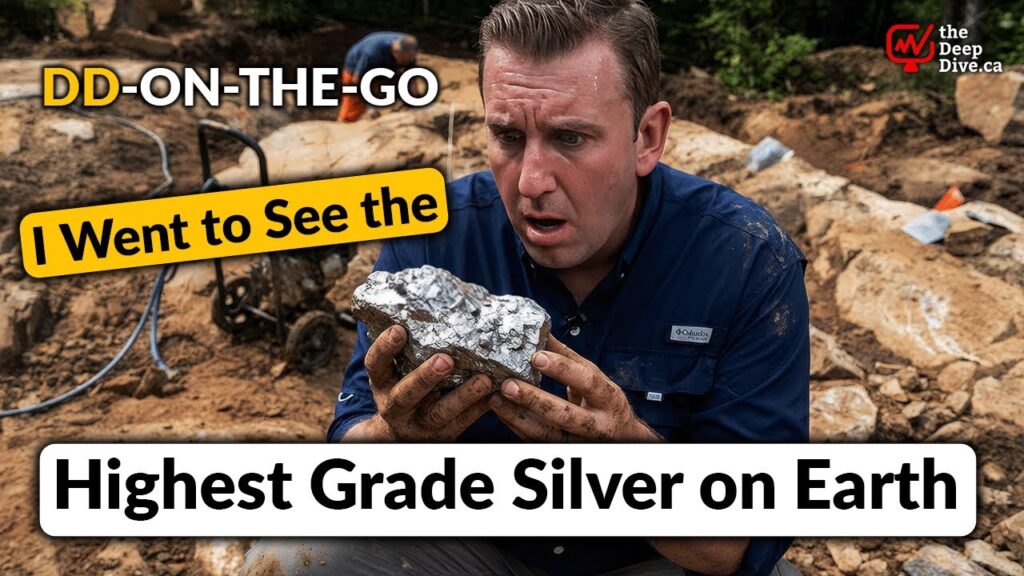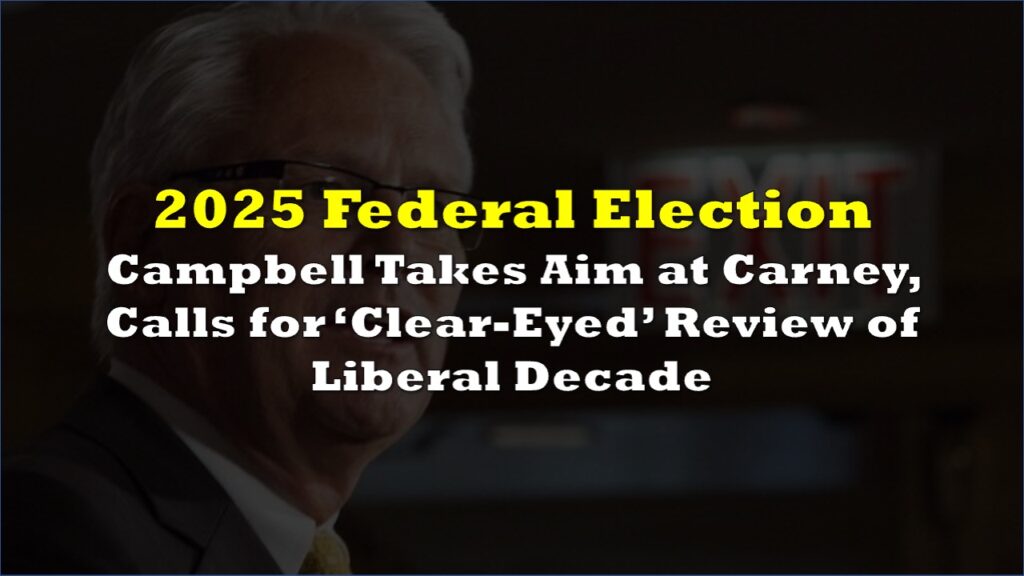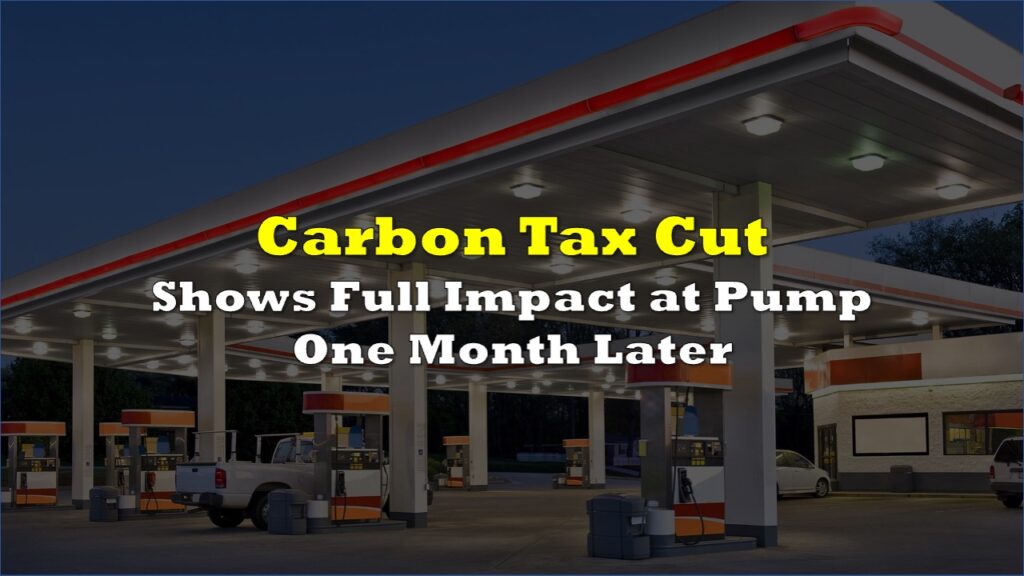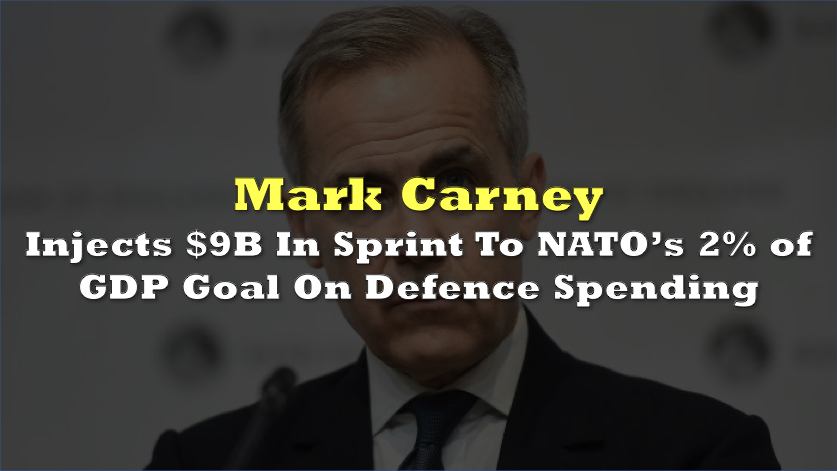A recent statement from Environment Minister Terry Duguid confirms that Prime Minister Mark Carney’s government intends to maintain a cap on emissions from Canada’s oil and gas sector, a continuation of a policy trajectory first initiated under former prime minister Justin Trudeau.
Trudeau’s administration promised in the 2021 election campaign to cap emissions from oil and gas producers, setting the stage for regulations introduced last November. Those regulations require the sector to cut emissions by about one-third over the next eight years, yet do not explicitly limit oil and gas output.
The federal plan also proposes a cap-and-trade system that allocates specific pollution allowances to each company. Businesses that operate under their emissions quota may sell remaining allowance units for a profit, while those that exceed their quotas would be required to buy units to remain in compliance.
“We want that energy. What we don’t want is that pollution,” Duguid said in a recent interview.
Conservative Leader Pierre Poilievre has repeatedly promised to scrap the emissions cap if elected and criticized Carney’s stance, noting “If Carney wins, Canada loses.”
Alberta Premier Danielle Smith called the production targets “unrealistic,” warning that her province will fight them in court. Industry groups such as the Canadian Association of Petroleum Producers argue that overly stringent standards threaten investment and could undermine thousands of jobs, a concern echoed by a fresh Parliamentary Budget Officer report.
That new federal analysis estimates that production from upstream oil and gas operations—comprising extraction and refining—could drop by nearly 5% if Canada is to meet its legal emissions limit of 160 megatonnes by the early 2030s. This dip, according to the PBO, might result in 40,300 job losses nationwide and shave about half a percentage point off national GDP, amounting to a reduction of approximately $20.5 billion in nominal terms.
Carney’s administration remains firm, pointing to data showing that emissions already declined by 4% between 2019 and 2022, even as output stayed relatively steady.
Information for this briefing was found via CTV News and the sources mentioned. The author has no securities or affiliations related to this organization. Not a recommendation to buy or sell. Always do additional research and consult a professional before purchasing a security. The author holds no licenses.









